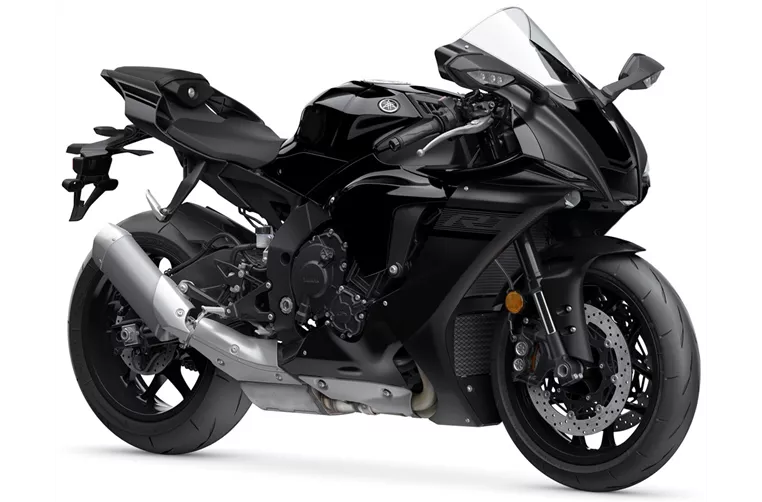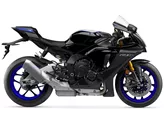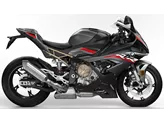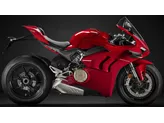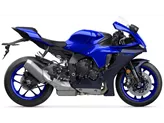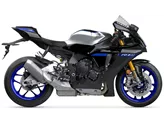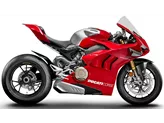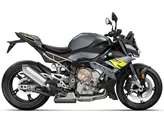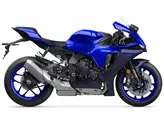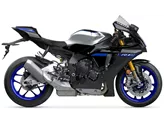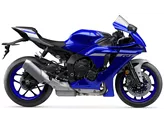BMW S 1000 RR 2019 vs. Yamaha R1 2020

BMW S 1000 RR 2019
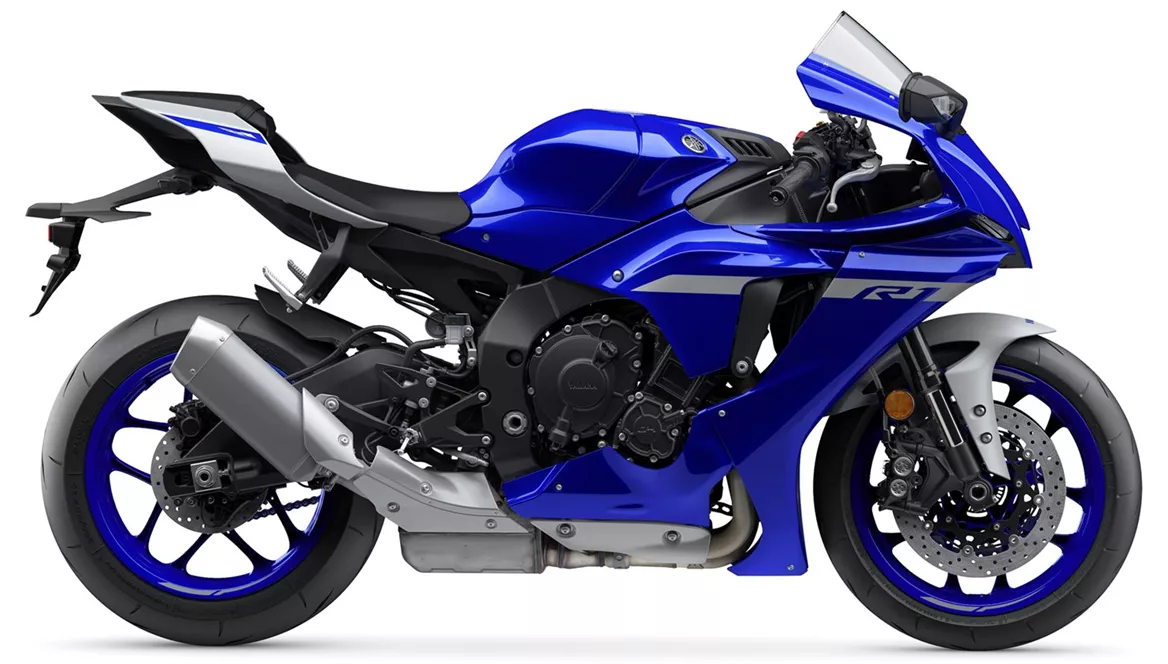
Yamaha R1 2020
Overview - BMW S 1000 RR 2019 vs Yamaha R1 2020
The BMW S 1000 RR 2019 and the Yamaha R1 2020 are both high-performance supersport motorcycles that offer impressive specifications and features. Let's compare them in detail.
In terms of engine and drive train, the BMW S 1000 RR 2019 has a bore of 80 mm and a stroke of 49.7 mm, while the Yamaha R1 2020 has a slightly smaller bore of 79 mm and a stroke of 50.9 mm. The BMW S 1000 RR 2019 also has a higher engine power of 207 HP compared to the Yamaha R1 2020's 200 HP. However, the torque of the BMW S 1000 RR 2019 is slightly higher at 113 Nm compared to the Yamaha R1 2020's 112.4 Nm. Both motorcycles have a compression ratio of 13 and feature a 4-cylinder engine with 4 valves per cylinder and DOHC technology. The displacement of the BMW S 1000 RR 2019 is 999 ccm, while the Yamaha R1 2020 has a displacement of 998 ccm.
In terms of suspension, both motorcycles feature upside-down telescopic forks in the front. The chassis of the BMW S 1000 RR 2019 is made of aluminum and has a twin tube, load-bearing engine frame type, while the Yamaha R1 2020 features an aluminum frame with a Deltabox frame type.

BMW S 1000 RR 2019
Both motorcycles have double disk brakes in the front, but the BMW S 1000 RR 2019 also offers advanced rider assistance systems such as ABS, riding modes, launch control, ride by wire, quickshifter, and traction control. The Yamaha R1 2020, on the other hand, offers launch control and traction control as its advanced rider assistance systems.
In terms of dimensions and weights, both motorcycles have the same front and rear tire width and diameter (120 mm and 17 inch, respectively). The BMW S 1000 RR 2019 has a slightly longer wheelbase of 1441 mm compared to the Yamaha R1 2020's 1405 mm. The seat height of the BMW S 1000 RR 2019 is 824 mm, while the Yamaha R1 2020 has a higher seat height of 855 mm. The kerb weight of the BMW S 1000 RR 2019 is 197 kg with ABS, while the Yamaha R1 2020 weighs slightly more at 199 kg with ABS. The fuel tank capacity of the BMW S 1000 RR 2019 is 16.5 l, while the Yamaha R1 2020 has a slightly larger fuel tank capacity of 17 l.
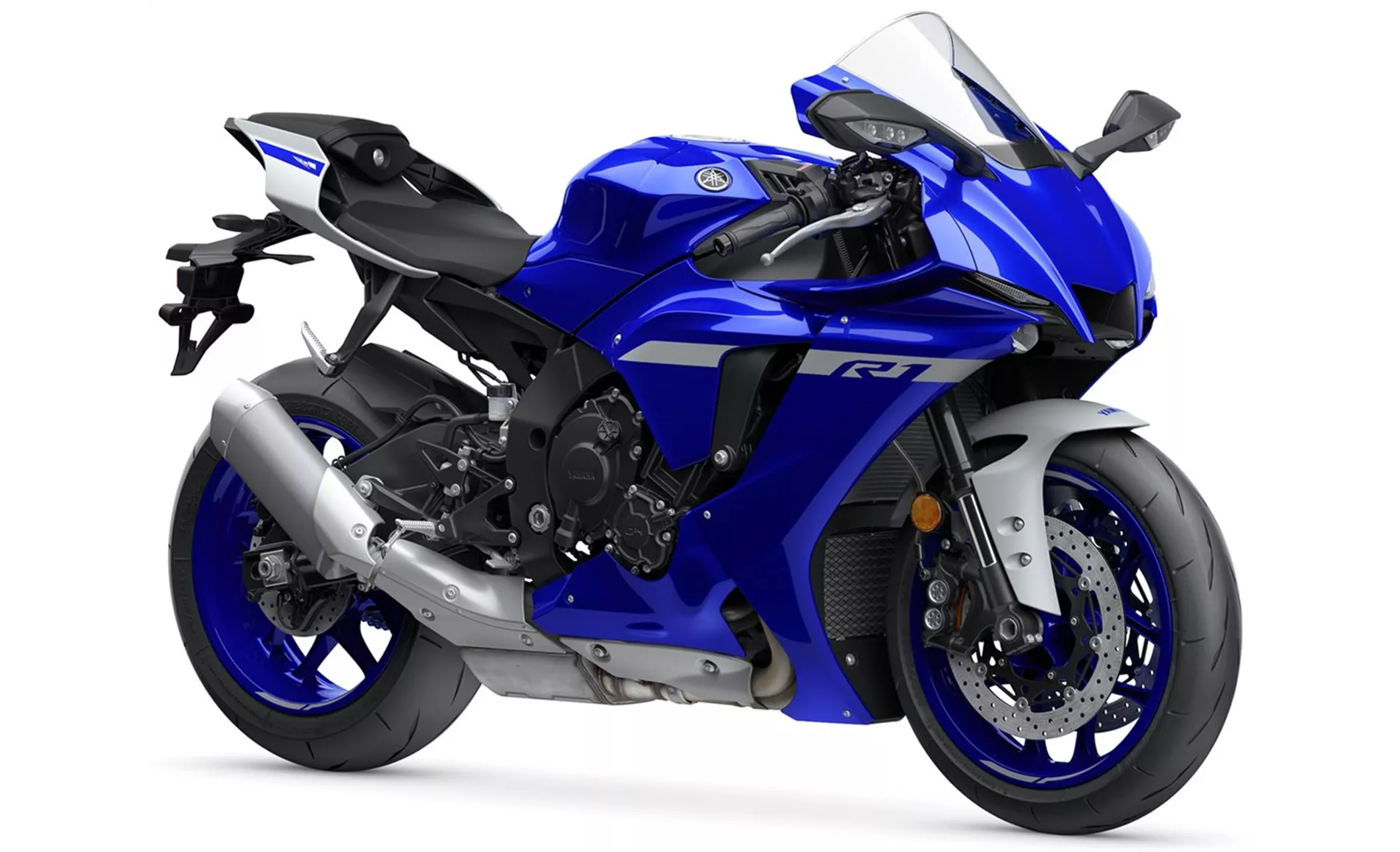
Yamaha R1 2020
Now let's discuss the strengths and weaknesses of each motorcycle. The BMW S 1000 RR 2019 has a very linear power delivery, making it more controllable and faster for most riders. It has a wide rev range and pleasant dosing. The new DDC (Dynamic Damping Control) of the BMW S 1000 RR 2019 offers top performance and precise handling. It also has a super electronics package and an excellent shift assistant. The BMW S 1000 RR 2019 has a more active and sportier seating position, and its high-quality details such as the frame, swingarm, and display add to its appeal. However, some riders may find that the machine has lost a certain amount of "thrill" due to its linear power delivery, and the menu navigation may take some time to get used to.
On the other hand, the Yamaha R1 2020 has a powerful engine with a clean response and a great but not intrusive sound. It has a stable chassis and high-quality electronics, giving it a wonderfully noble overall impression. However, some riders may find that the brake performance of the Yamaha R1 2020 is not 100 per cent satisfactory on the race track.
In conclusion, both the BMW S 1000 RR 2019 and the Yamaha R1 2020 are impressive supersport motorcycles with their own strengths and weaknesses. The BMW S 1000 RR 2019 offers a more controllable and faster power delivery, advanced rider assistance systems, and high-quality details. On the other hand, the Yamaha R1 2020 has a powerful engine, stable chassis, and high-quality electronics. Ultimately, the choice between the two will depend on the rider's preferences and priorities.
Technical Specifications BMW S 1000 RR 2019 compared to Yamaha R1 2020
Pros and Cons in comparison
Pros and Cons in comparison
BMW S 1000 RR 2019

The new 2019 BMW S 1000 RR is a completely new supersports bike. It has become significantly more compact and, above all, lighter. The machine is incredibly easy to control and, compared to the previous model, almost feels like a 600! The seating position and the entire set-up of the machine have become much sportier, but can be brought to the tarmac in a much more user-friendly way thanks to the significantly improved electronics package, the saved weight and, last but not least, the almost linear power delivery of the power unit - bravo! Unfortunately, there is still one downer: if you want to benefit from the innovations to the maximum, you have to put a maximum number of crosses in the dealer's box. In return, however, you can create your own individual BMW!
Yamaha R1 2020
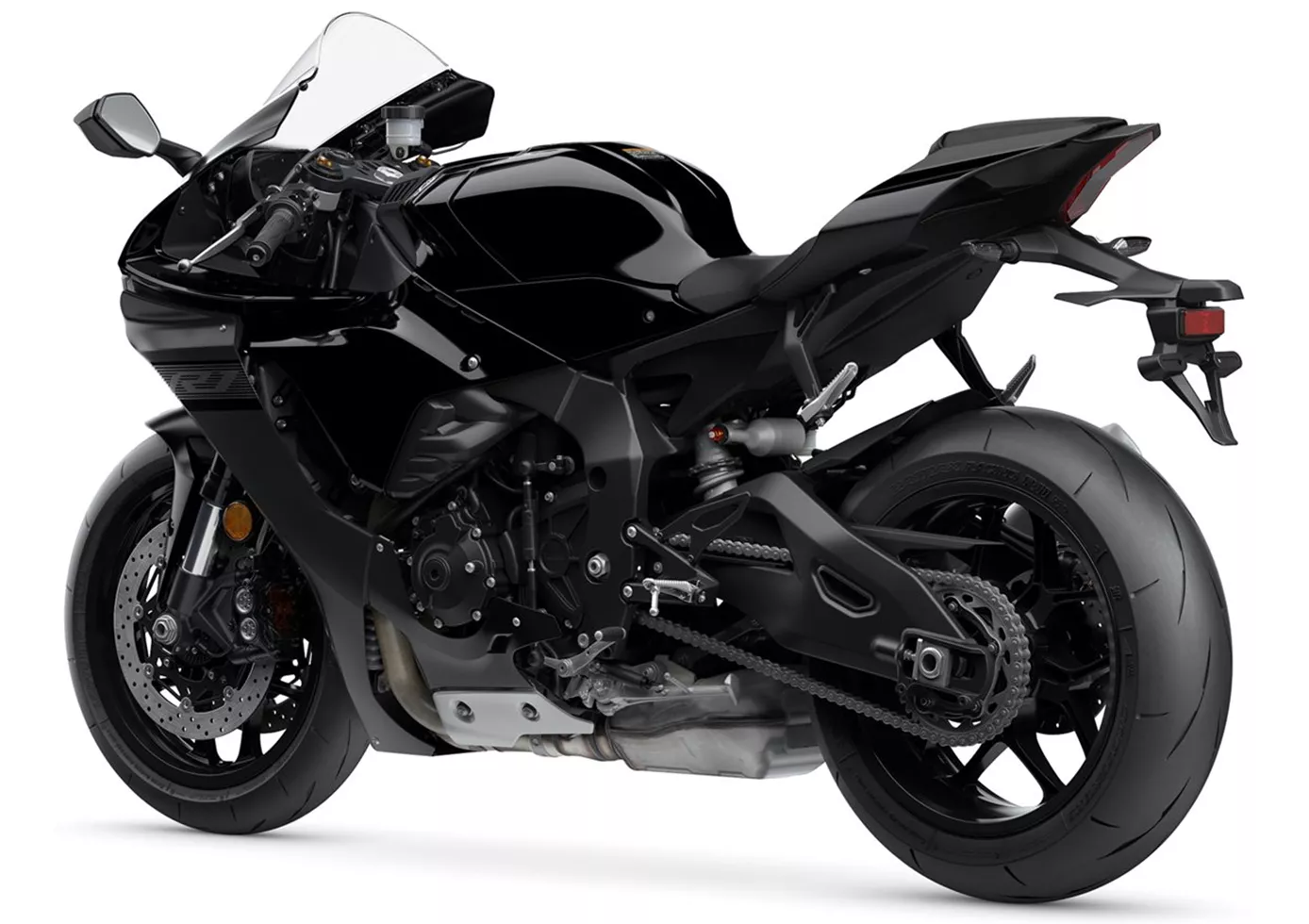
The Yamaha YZF-R1 is mature and makes countless racetrack pilots happy. The engine shines with lightness and agility, the seating position surprises positively and the handling is radical but still "suitable for the masses". The machine immediately stands out visually and also because of the heart-warming sound. Especially on the country road, the bike scores with its well-known strengths: great engine, great electronics, great package! A real pleasure to ride!
Price Comparison Avarage Market Price BMW S 1000 RR vs Yamaha R1
There are a few key differences between a BMW S 1000 RR 2019 and a Yamaha R1 2020. In terms of price, the actual average price of a Yamaha R1 2020 is about 27% higher. Compared to Yamaha R1 2020 there are more BMW S 1000 RR 2019 bikes available on the 1000PS.de Marketplace, specifically 11 compared to 9. It takes less time to sell a BMW S 1000 RR with 63 days compared to 86 days for a Yamaha R1. Since model year 2010 1000PS.de editors have written 135 reviews for the BMW S 1000 RR and 80 reviews for the Yamaha R1 since model year 2005. The first review for the BMW S 1000 RR was published on 16/04/2008 and now has more than 4,000 views. This compares to more than 3,900 views for the first review on Yamaha R1 published on 28/04/2003.

